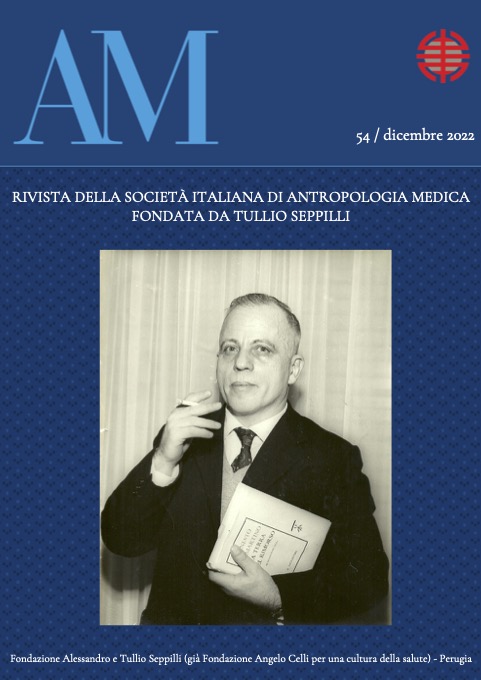Abstract
“Why is it that, more often than not, docs and nurses haven’t even heard of us?”: Women and Bleeding Disorders in Italy.
Many have heard of Bleeding Disorders (BDs) despite the fact that they are rare diseases, because of the infected blood scandals of the 1990s. As for many diseases that have caught media attention, public understanding is limited. Lay medical practitioners may still believe that BDs are exclusively sex-linked. Women with BDs therefore have a difficult terrain to navigate. We situate our qualitative study of north Italian women with BDs between the social studies of gender bias in healthcare, chronic disease and invisible disabilities.
"Perché, il più delle volte, i medici e gli infermieri non hanno nemmeno sentito parlare di noi?”. Donne e malattie emorragiche in Italia.
Molte hanno sentito parlare delle malattie emorragiche (ME) nonostante siano malattie rare a causa degli scandali del sangue infetto degli anni ’90. Come per molte malattie che hanno attirato l’attenzione dei media, la comprensione del pubblico è limitata. Medici non-specializzati possono ancora credere che le ME siano esclusivamente legate al sesso maschile. Le donne con ME quindi hanno un terreno difficile da percorrere. Situazioniamo il nostro studio qualitativo sulle donne con ME del nord Italia tra gli studi sociali sul pregiudizio di genere nell’assistenza sanitaria, le malattie croniche e le disabilità invisibili.


